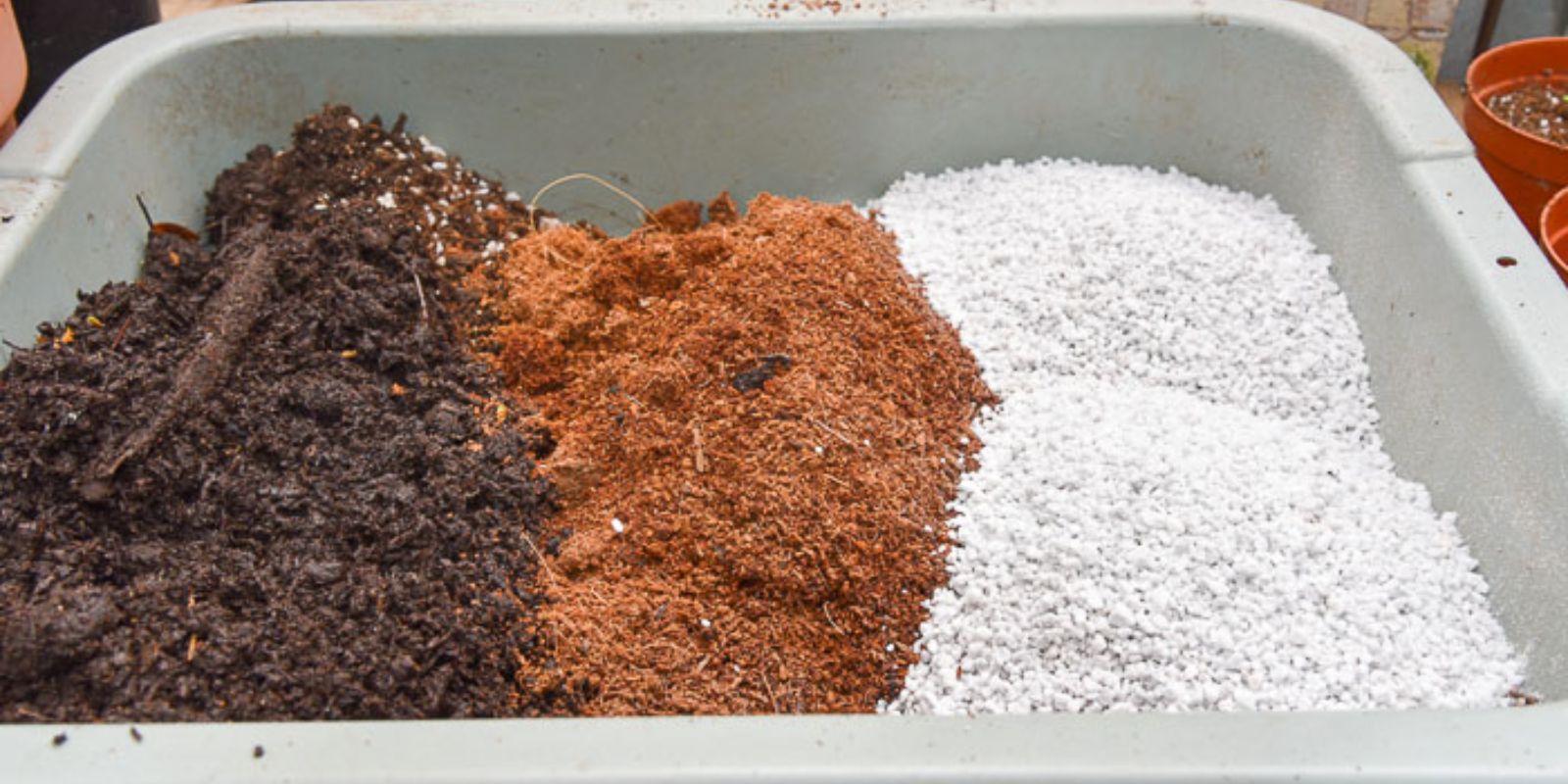Creating a thriving garden starts with selecting the right soil mix. Soil is the foundation of a healthy garden, influencing everything from nutrient availability to drainage and root development. Whether you’re growing vegetables, herbs, flowers, or shrubs, understanding the best soil mixes can significantly enhance your gardening success. This guide will explore essential soil components, how to prepare your soil mix, and tips for maintaining optimal soil health.
Understanding Soil Types
Before diving into soil mixes, it’s crucial to understand the three primary types of soil:
- Sandy Soil: Sandy soil has large particles and drains quickly. While it warms up fast in the spring, it often requires frequent watering and supplemental nutrients.
- Clay Soil: Clay soil has small particles and retains moisture well. However, it can become compacted, leading to poor drainage and root growth issues.
- Loamy Soil: Loamy soil is a balanced mixture of sand, silt, and clay. It offers good drainage, nutrient retention, and supports healthy root development. Most plants thrive in loamy soil.
Choosing the Right Soil Mix
For a successful home garden, consider the following soil mix options:
- General Purpose Mix:
- Components: Combine equal parts garden soil, compost, and perlite.
- Benefits: This mix offers a balance of drainage, moisture retention, and nutrients. It’s suitable for a variety of plants, including vegetables, herbs, and flowers.
- Vegetable Garden Mix:
- Components: Mix two parts garden soil with one part compost and one part aged manure.
- Benefits: This blend provides extra nutrients and organic matter to support high-yield vegetable growth.
- Herb Garden Mix:
- Components: Use equal parts compost, garden soil, and sand.
- Benefits: Herbs generally prefer well-drained soil, and this mix ensures good aeration and prevents root rot.
- Flower Bed Mix:
- Components: Combine garden soil with compost and peat moss in equal parts.
- Benefits: This mix enhances soil structure, moisture retention, and fertility, promoting vibrant blooms.
- Succulent and Cactus Mix:
- Components: Mix equal parts potting soil, sand, and perlite.
- Benefits: This blend ensures excellent drainage and prevents root rot, ideal for succulents and cacti.
How to Prepare Your Soil Mix
- Gather Ingredients: Collect high-quality garden soil, compost, perlite, sand, peat moss, or any other additives based on your specific mix.
- Measure and Mix: Measure your ingredients carefully and combine them thoroughly in a large container or wheelbarrow. Ensure an even distribution of components for a consistent soil texture.
- Test Soil pH: Use a soil pH meter to test the acidity or alkalinity of your mix. Most plants prefer a pH between 6.0 and 7.0. Amend the soil as needed with lime to raise the pH or sulfur to lower it.
- Moisture Content: Check the moisture content of your soil mix. It should be damp but not soggy. Adjust with water or additional dry ingredients as needed.
Maintaining Soil Health
- Regular Composting: Add compost regularly to replenish nutrients and organic matter. Composting kitchen scraps and garden waste is an excellent way to improve soil fertility.
- Mulching: Apply a layer of mulch to retain moisture, suppress weeds, and regulate soil temperature. Organic mulches like straw, leaves, or wood chips also decompose and enrich the soil.
- Crop Rotation: Practice crop rotation to prevent nutrient depletion and reduce the risk of soil-borne diseases. Rotate plant families each season to maintain soil health.
- Avoid Compaction: Minimize walking or working on wet soil to avoid compaction. Use paths and stepping stones to protect soil structure.
- Monitor Soil Drainage: Ensure good drainage by observing how quickly water absorbs into the soil. Amend soil with organic matter or sand if drainage issues arise.
Tips for Specific Plants
- Tomatoes: Tomatoes prefer a slightly acidic soil mix with plenty of compost. Ensure excellent drainage and support plants with stakes or cages.
- Peppers: Peppers thrive in a well-drained, fertile soil mix with high organic matter. Avoid over-watering to prevent root diseases.
- Herbs: Herbs generally prefer well-drained soil with good airflow. Use a mix of garden soil and sand or perlite for optimal results.
- Flowers: Different flowers have varying soil requirements. Research specific needs for each type of flower and adjust your mix accordingly.
Conclusion
The right soil mix is the foundation of a successful garden. By understanding the needs of your plants and preparing a tailored soil mix, you can create a thriving garden that yields bountiful crops, vibrant flowers, and healthy herbs. Invest time in selecting and maintaining your soil mix to ensure your garden flourishes season after season. Happy gardening!
Feel free to use this article as a guide to selecting and preparing the best soil mixes for your home garden. Understanding soil types, preparing effective mixes, and maintaining soil health are crucial steps to achieving a thriving garden.

